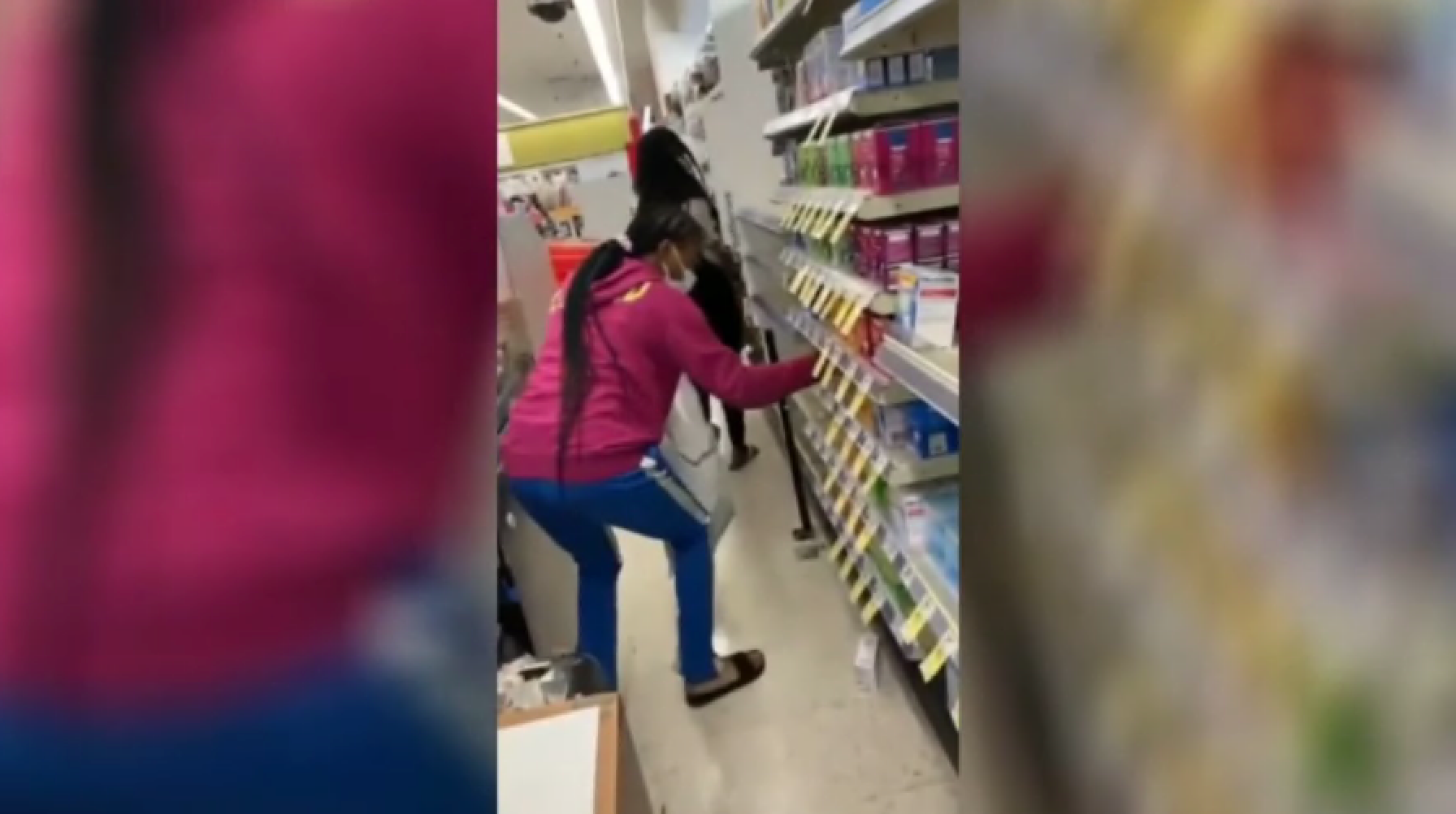San Francisco’s Stolen Goods Market

San francisco signs stolen goods – San Francisco’s stolen goods market is a thriving underground economy that poses a significant challenge to law enforcement. The city’s high rates of property crime, coupled with its proximity to major transportation hubs, make it a prime target for organized crime groups and fencing operations.
Amidst the clamor surrounding the theft of street signs in San Francisco, another story has emerged from the coastal shores of Massachusetts. Several beaches have been closed due to high levels of bacteria , leaving beachgoers stranded and disappointed. Yet, as the sun sets on the Golden Gate City, the focus remains on the enigmatic disappearance of those iconic street signs, a perplexing mystery that continues to baffle authorities.
The types of items stolen in San Francisco vary widely, from high-end electronics and jewelry to everyday items like bicycles and clothing. However, certain categories of goods are consistently targeted by thieves, including:
- Vehicles: San Francisco has one of the highest rates of car theft in the country, with over 10,000 vehicles stolen in 2021 alone.
- Catalytic converters: The theft of catalytic converters has surged in recent years due to the high value of the precious metals they contain.
- Bicycles: San Francisco’s bike-friendly infrastructure makes it a popular target for bicycle thieves.
- Electronics: Laptops, smartphones, and other electronic devices are often stolen from homes, businesses, and public places.
- Jewelry: San Francisco’s jewelry stores are a popular target for thieves, both professional and opportunistic.
Organized Crime and Fencing Operations, San francisco signs stolen goods
Organized crime groups play a significant role in the stolen goods market in San Francisco. These groups often operate large-scale fencing operations, where they purchase stolen goods from thieves and resell them to legitimate businesses or individuals.
Amidst the clamor of San Francisco’s stolen goods, a flicker of hope emerged. The Neiman Marcus press release shed light on the company’s efforts to combat the surge in retail theft, echoing the city’s determination to reclaim its streets from the shadow of crime.
The press release served as a beacon, illuminating the ongoing struggle against stolen goods in San Francisco, a battle that continues to shape the city’s landscape.
Fencing operations are often run through pawn shops, flea markets, and online marketplaces. These businesses provide a way for thieves to quickly and easily dispose of stolen goods without being detected by law enforcement.
The stolen goods market in San Francisco has a significant impact on the city’s economy and quality of life. The theft of property not only results in financial losses for victims, but it also creates a sense of insecurity and fear within the community.
Law Enforcement and Prevention Measures: San Francisco Signs Stolen Goods

Law enforcement agencies play a crucial role in combating stolen goods by conducting investigations, apprehending suspects, and recovering stolen property. They collaborate with other agencies, such as customs and border protection, to intercept stolen goods at points of entry and exit.
Best Practices for Businesses
- Implement security measures such as surveillance cameras, access control systems, and alarms.
- Maintain accurate inventory records and report any discrepancies promptly.
- Educate employees about theft prevention and reporting procedures.
- Partner with law enforcement agencies to establish crime prevention programs.
Best Practices for Individuals
- Secure personal belongings in public places.
- Be cautious of purchasing items from unknown or suspicious sources.
- Report any suspicious activity or stolen property to law enforcement.
- Consider using GPS tracking devices or security apps to protect valuable items.
Use of Technology
Technology plays a vital role in preventing and combating stolen goods. GPS tracking devices allow law enforcement to locate stolen property and apprehend suspects. Surveillance cameras provide visual evidence of theft and help identify perpetrators. Data analytics can identify patterns and trends in stolen goods activity, aiding in prevention efforts.
Community Impact and Social Consequences

The proliferation of stolen goods in San Francisco has far-reaching implications that extend beyond economic losses. It disrupts the local economy, erodes trust within communities, and inflicts psychological trauma on victims of theft.
The illicit trade in stolen goods undermines legitimate businesses, creating unfair competition and reducing incentives for honest entrepreneurship. This can lead to a decline in economic activity, job losses, and a diminished tax base for essential public services.
Psychological Effects on Victims of Theft
Theft is a deeply personal violation that can have profound psychological consequences for victims. The loss of possessions, whether material or sentimental, can trigger feelings of anger, anxiety, and powerlessness. Victims may experience difficulty sleeping, concentrating, and trusting others. In severe cases, theft can lead to post-traumatic stress disorder (PTSD) and other mental health issues.
Community Initiatives and Programs
Recognizing the devastating impact of stolen goods, community organizations and law enforcement agencies in San Francisco have implemented various initiatives to combat this problem. These efforts include:
- Neighborhood watch programs that encourage residents to report suspicious activity and support each other.
- Educational campaigns to raise awareness about the consequences of buying stolen goods.
- Partnerships with local businesses to implement anti-theft measures and support victims of theft.
- Community-based restorative justice programs that bring together victims, offenders, and community members to facilitate healing and accountability.